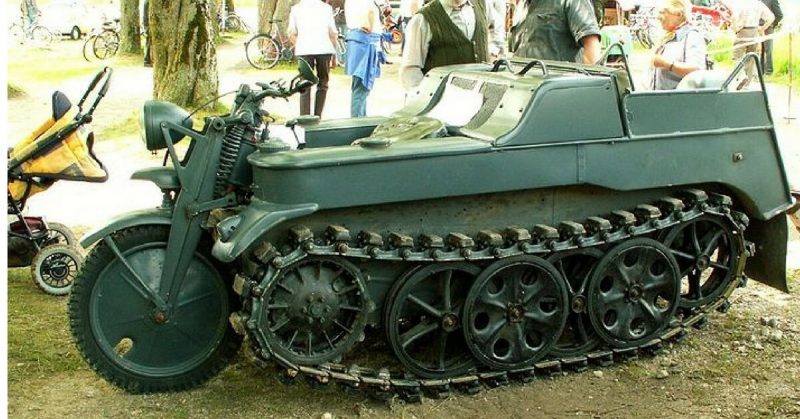A vehicle designated SdKfz 2 was an interesting part of the Wehrmacht arsenal. The “tracked motorcycle,” commonly named in the German Army as the Kettenkrad, was assembled as a bike half-track, intended for transport and towing use. It was designed to fit the hull of Junkers Ju 52 transport aircraft and accompany paratroopers after landing.
In 1941, the tracked motorcycle was first used as part of scouting units in the Eastern Front. It was later incorporated into sophisticated operations conducted by the elite paratrooper units of the Wehrmacht.
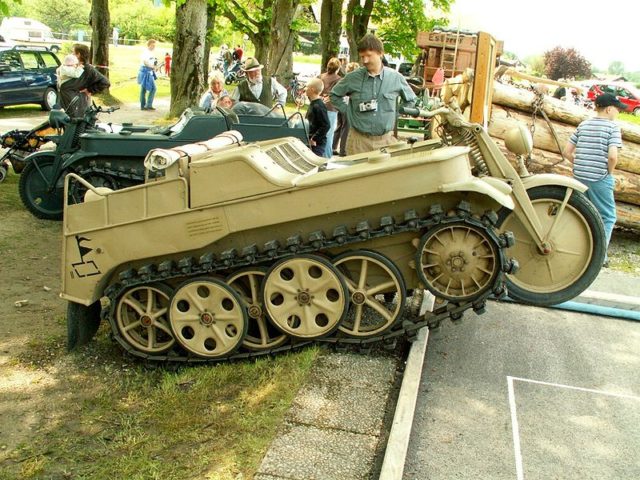
However, the vehicle was not intended to be dropped by parachute, but rather to be deployed afterward by a transport aircraft. It was designed in 1939 by the NSU Motorenwerke Company. Later, as the demand for the Kettenkrad grew, the half-track was mass-produced by two other automobile companies ― Stoewer and Stettin.
The bike proved to be versatile, sturdy and more than useful on the Eastern Front. That part of the war stretched across the muddy flatlands of Eastern Europe and required such a machine that could overcome the difficult terrain.
It was the lightest mass-produced German military vehicle to use the complex Schachtellaufwerk, which was the system utilized by most half-tracks serving in the Wehrmacht at the time. Also, a specialized detachable trailer was designed to improve the half-track’s cargo capacity.
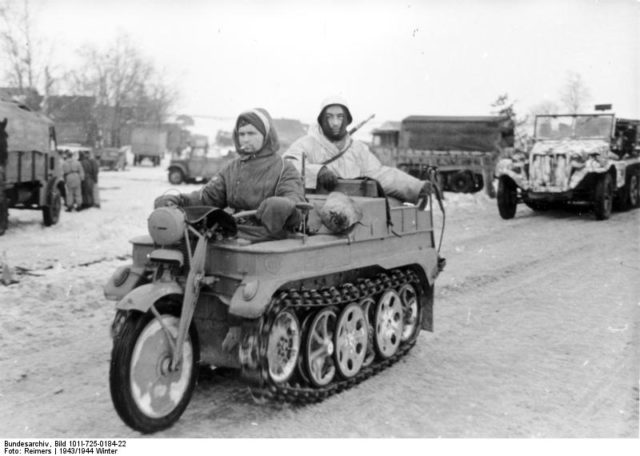
The Kettenkrad relied on the Opel water-cooled four-cylinder inline engine capable of achieving speeds up to 70 km per hour (44 mph). This made it perfect for reconnaissance missions, evacuation of the wounded and harassment actions.
It was capable of carrying a machine gunner who could rain fire while pursuing enemy infantry, or while retreating. Thus, the Kettenkrad was often used in anti-partisan operations. It was capable of overcoming difficult terrain while gaining enough speed to catch up with the fleeing enemy.
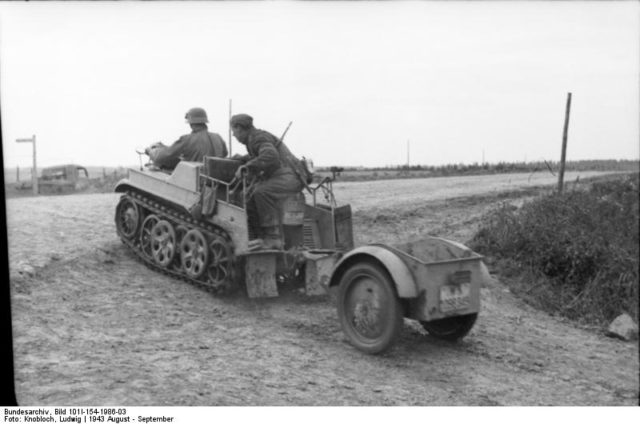
Apart from these more offensive roles, the Kettenkrad motorcycles were used to lay communication cables; pull heavy loads, including light artillery pieces; or deliver messages if there was a communication breakdown.
Later in the war, these half-tracks served as towing tractors for aircraft, most notably the Messerschmitt Me 262 jet fighters. As well as the Eastern Front, the Kettenkrad saw some use in North Africa, France, and Germany, where it also performed well and once again proved its reliability in combat. It was the standard vehicle for paratroopers, and it was successfully used within the mountain units of the Wehrmacht.
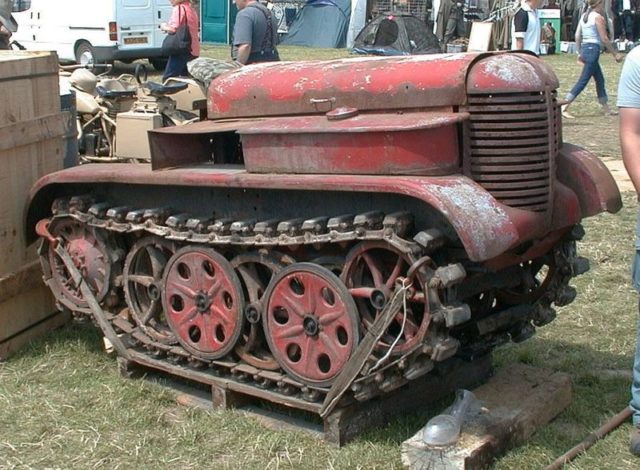
There were 8,345 Kettenkrads produced up to 1944. After the war, many of the Kettenkrads survived and were adapted for civilian purposes. Most notably, the half-track was used in agriculture, to supplement the lack of plowing machines.
Its production was continued for a short while, until 1948, by which time another 550 units were built. These were used for all kinds of purposes in the logging/lumbering camps, lumber mills, and fire brigades.
Today, most of the remaining Kettenkrads belong to museums or private collections. Many of them are still in running condition, which is a valid proof of their sturdiness.
Interestingly enough, this was the only concept in history that employed such a design. The half-motorcycle, half-tracked vehicle hybrid has never been reproduced in any military since the end of WWII.
